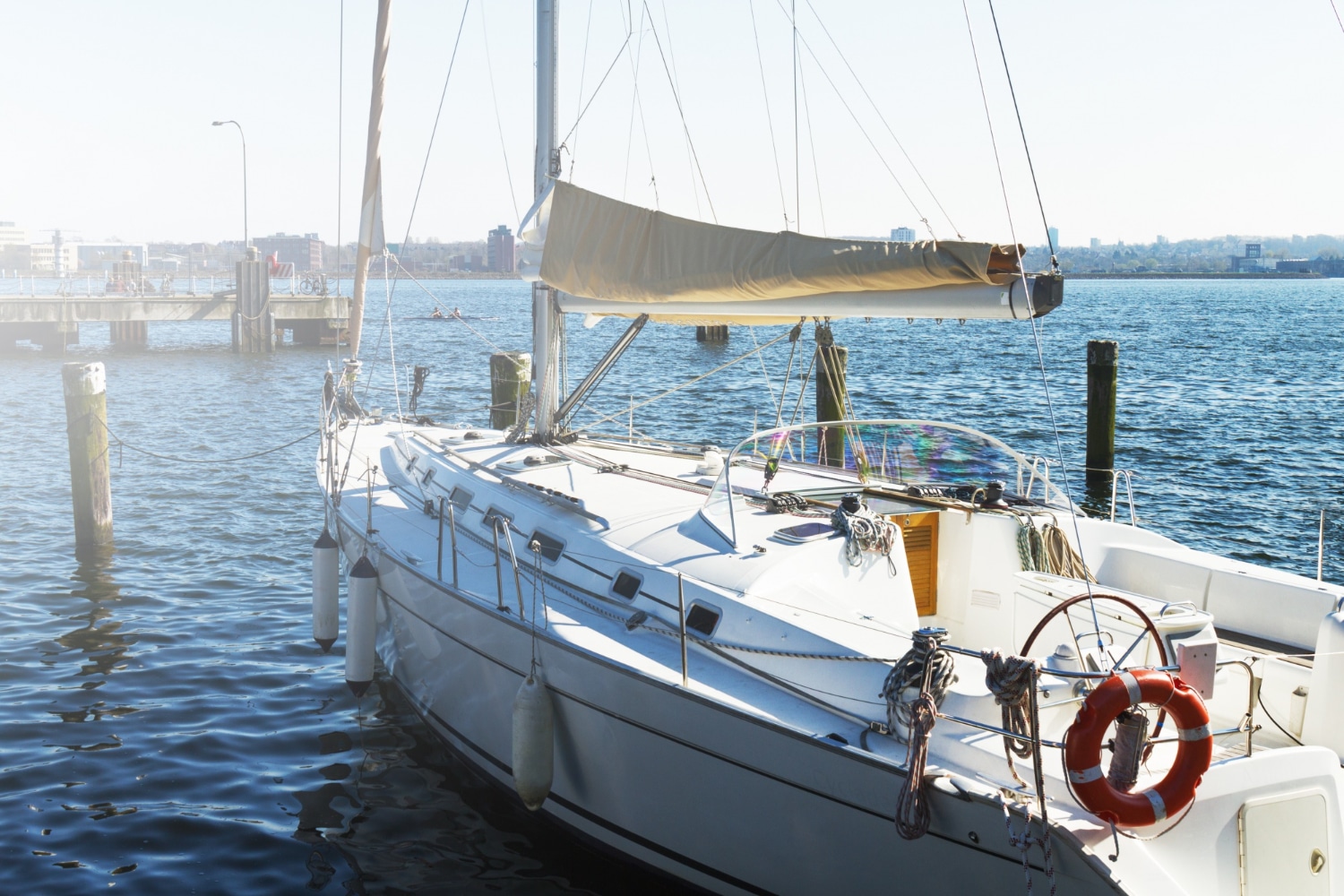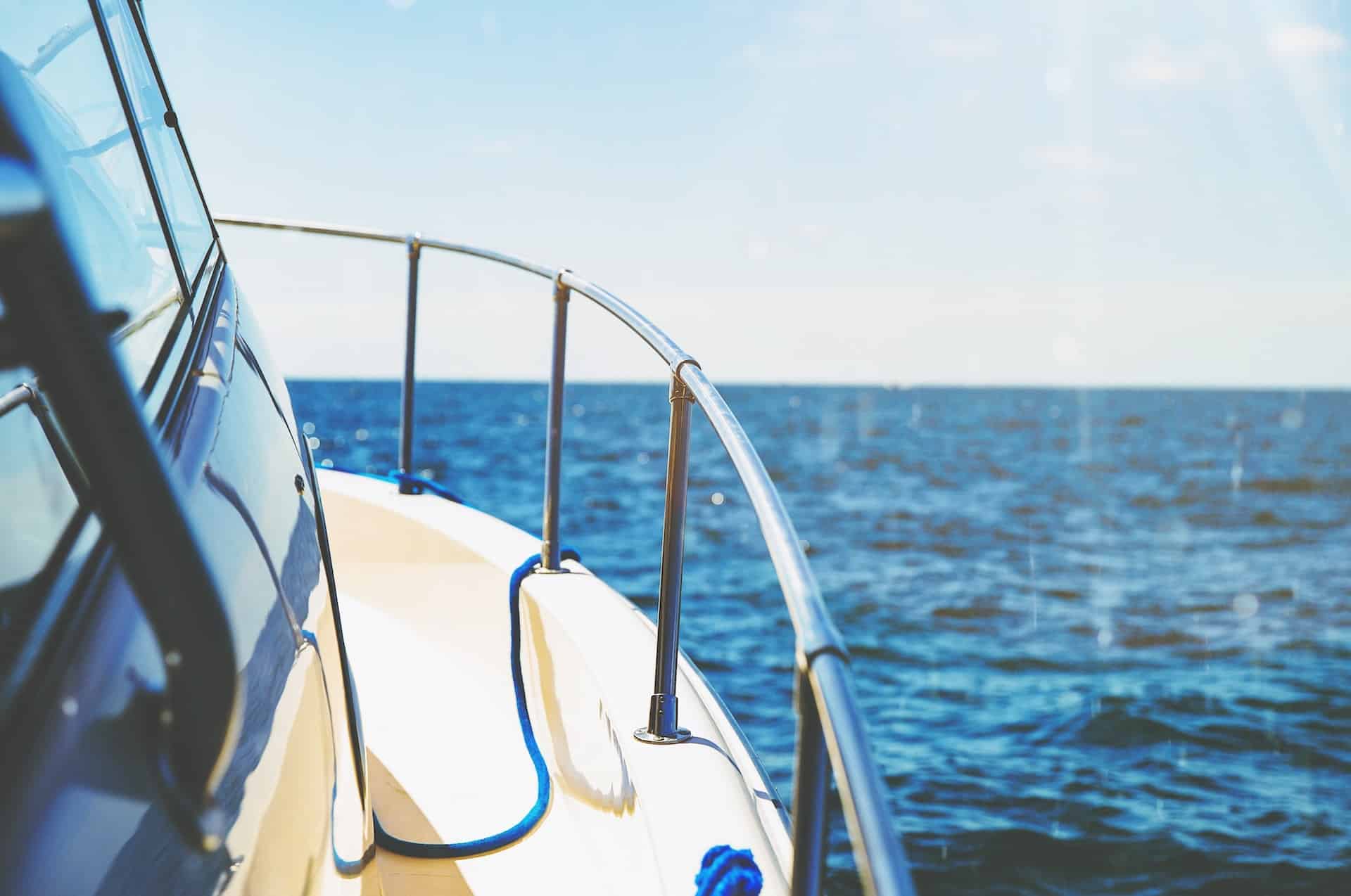Boat insurance might not be something you think about often in Fort Myers until you need it. Accidents, storms, and thefts are unpredictable, and when they happen, having a strong insurance policy can soften the blow. That said, filing a claim isn’t as straightforward as telling your agent what went wrong. You need to back up your claim with the right paperwork. Whether your boat got damaged at the dock or during a trip out on the Gulf, having the necessary documents ready can help speed up the process and reduce frustration.
Waiting until something goes wrong to figure out what paperwork is needed isn’t a great idea. Knowing what your insurance company expects ahead of time gives you a chance to organize your files and respond quickly if disaster strikes. The last thing you want is to delay repairs because you’re digging through old receipts or scrambling to find photos. Here’s what you should know about the types of documentation typically required when filing a boat insurance claim in Fort Myers.
Essential Documentation For Boat Insurance Claims
Before anything gets approved or paid out, your boat insurance company will need evidence. The better organized and more thorough your documentation is, the smoother the process will be. Claims are often denied or delayed not because the damage isn’t covered, but because the paperwork isn’t right. Gathering and keeping track of these items can make a stressful situation just a bit easier.
Here’s a short list of what’s generally expected when you submit a claim:
– Proof of ownership
– Incident or accident report
– Photographic evidence of any damage
– Estimates for repair costs
– Any correspondence related to the incident (if another party is involved)
Every claim has its details, but these core pieces are usually required. Start a folder, digital or physical, that includes these materials so you’re not scrambling when time matters most.
Proof Of Ownership
You can’t file a claim for something you can’t prove you own. That might seem obvious, but it often slips through the cracks, especially for long-time boat owners who may have moved or misplaced their original paperwork. Your insurance provider will expect documentation showing you’re the insured owner of the boat involved in the claim.
Acceptable proof of ownership includes:
– The boat’s title
– A bill of sale from the dealership or previous owner
– State registration records in your name
Make sure these documents are up to date and legible. If there’s a lien on the boat or a co-owner listed, be ready to provide that information too. Even something like a name change must match up between your ID and boat paperwork. Keeping digital copies stored somewhere safe, like email or cloud storage, isn’t a bad idea either. One client had all their paperwork go overboard in a storm. Replacing those documents delayed the payout by weeks. Having extra copies saved online can really save time and avoid headaches.
Incident Report
Once you’ve confirmed ownership, your next job is to explain what happened. The incident report plays a big role in helping your insurance provider understand what led to the damage or loss. You don’t have to be an expert writer, just make sure your account is detailed, accurate, and easy to follow.
Here’s what to include in your report:
– Date and time the incident occurred
– Description of the weather, water, and location conditions
– What exactly happened and how
– Names of anyone else involved
– Any response action taken immediately afterward, like emergency help or towing
If authorities like the Coast Guard or local law enforcement were involved, include copies of their reports too. The more complete the picture is, the easier it is for the insurance adjuster to review everything without delay. Vague or missing info can work against your claim, even if it’s not on purpose. Write down all the details while they’re still fresh in your mind. Even small things could help your claim if multiple parties were involved.
Photographic Evidence
After the dust settles from an accident or storm, clear photos of your boat’s condition can speed up the approval process. While your written account explains what happened, pictures show it. Insurance companies rely heavily on these photos to understand how much damage occurred and to match it up with your repair estimates. If it’s safe to take pictures, do it as soon as you can.
Here’s how to make sure your photo documentation is useful:
– Use a phone or camera with a decent resolution
– Take wide shots to show the whole section of the boat
– Capture close-ups of scrapes, dents, or broken parts
– Include images of any onboard items that were damaged or lost
– Photograph the scene to complete the story, like the dock, another boat, or the surrounding area
– Try to capture the date using your phone’s time stamp or file metadata
If some damage is underwater or in hard-to-reach spots, take what you can safely manage. Even partial evidence helps. Your goal is to give the claims adjuster as close to a firsthand view as possible. When you send the photos in with your report, label them if possible or group them neatly. A little extra effort helps the adjuster process your claim more efficiently.
Repair Estimates
After you’ve shown what happened and what got damaged, the next step is figuring out how much it’ll cost to fix. This is where repair estimates are needed. Insurance companies want to know exactly what needs fixing and how much it’s going to cost before they pay anything out.
Here’s what to do when collecting repair estimates:
– Get at least one written estimate from a licensed marine repair technician
– Make sure it includes labor costs, parts, and a short summary of what needs to be done
– If upgrades are mentioned, clearly separate them from required repairs
– Include contact information for the repair shop in case your adjuster wants to follow up
Avoid sending in generic quotes from shops that haven’t seen your boat. That can delay things. A proper estimate should match the damage shown in your photos and your written report. If anything doesn’t match up, it can cause more questions or even a denial. Stick with marine repair pros who know what’s common in Fort Myers. They’re more likely to give you an estimate the insurance company trusts.
Always keep a copy of what you send. Whether it’s emailed as a PDF or printed for your files, having clean backups can save time if anything is lost or unclear later on.
Help Is Right Around The Corner
Filing a boat insurance claim is about more than calling your agent. Without the right paperwork, a claim that should be simple can drag on for weeks or longer. That’s why being prepared goes a long way. When you’ve got proof of ownership, a solid incident report, clear pictures, and a good repair estimate, everything lines up to make the process smoother.
Gathering paperwork might feel like extra work, especially when all you want is to get your boat fixed, but doing it in advance pays off. Getting back on the water faster and with less stress is worth the effort. Good preparation protects your boat and can greatly improve the chance of a fair and timely payout.
If you’re in Fort Myers and own a boat, having a plan before the next storm or accident hits puts you in a better spot. It’s all about setting yourself up so that if something goes wrong, you’re ready to act fast and move forward with confidence.
If you’re getting ready to protect your time on the water, having trusted coverage matters. Make sure you’re fully prepared by working with a dependable boat insurance agency in Fort Myers. At Bassine Insurance Agency, we’re here to guide you through your options and help keep your boat protected no matter where your next trip takes you.









